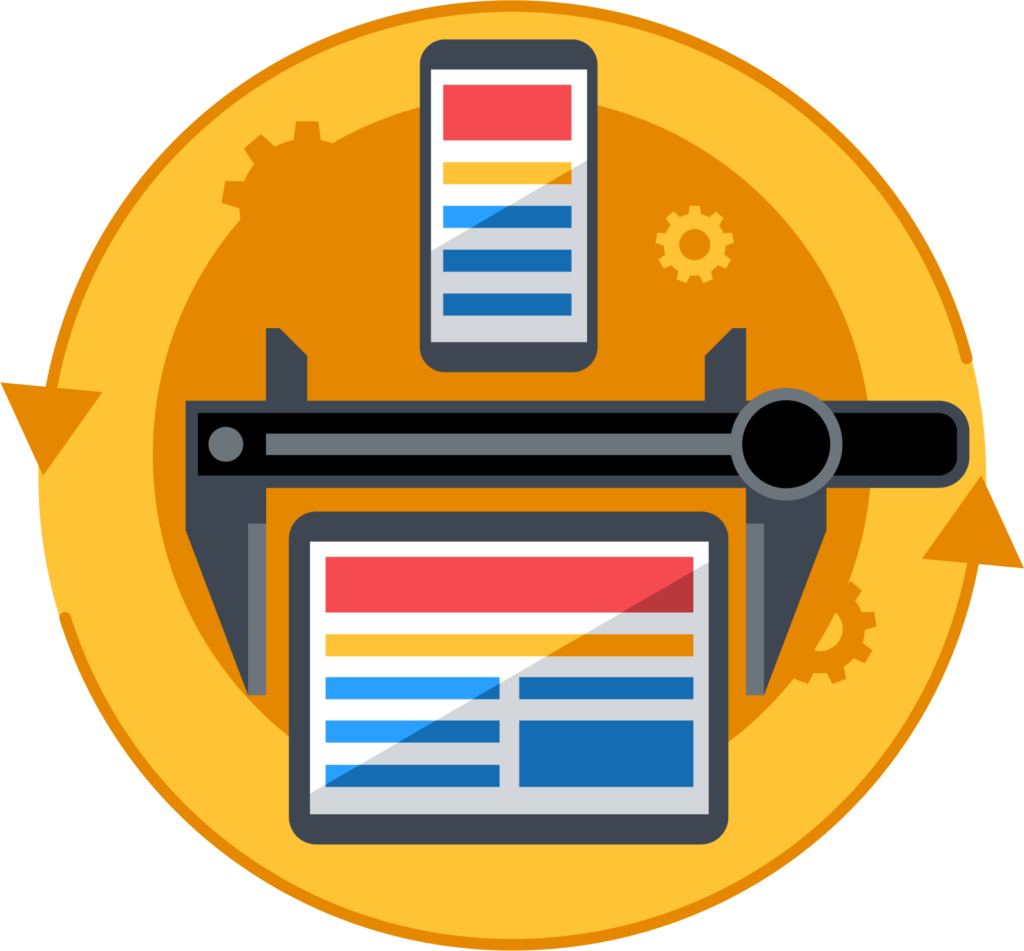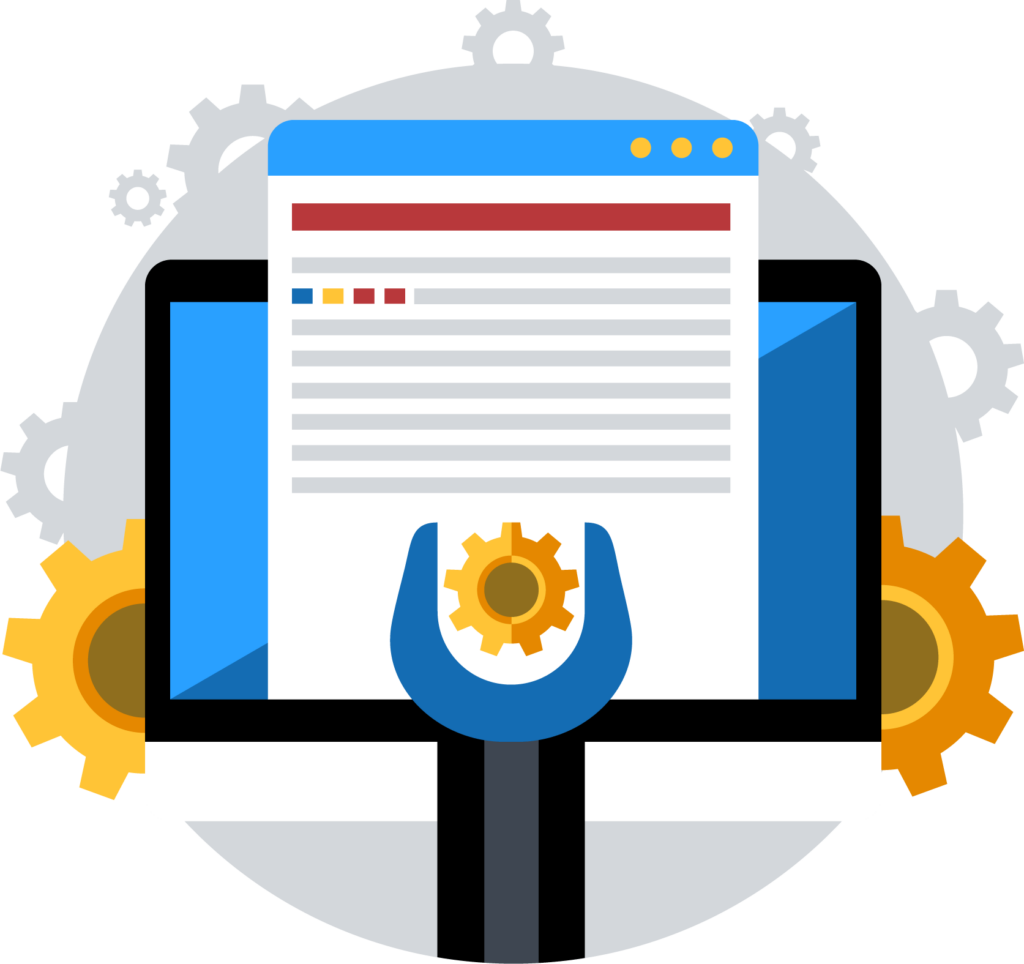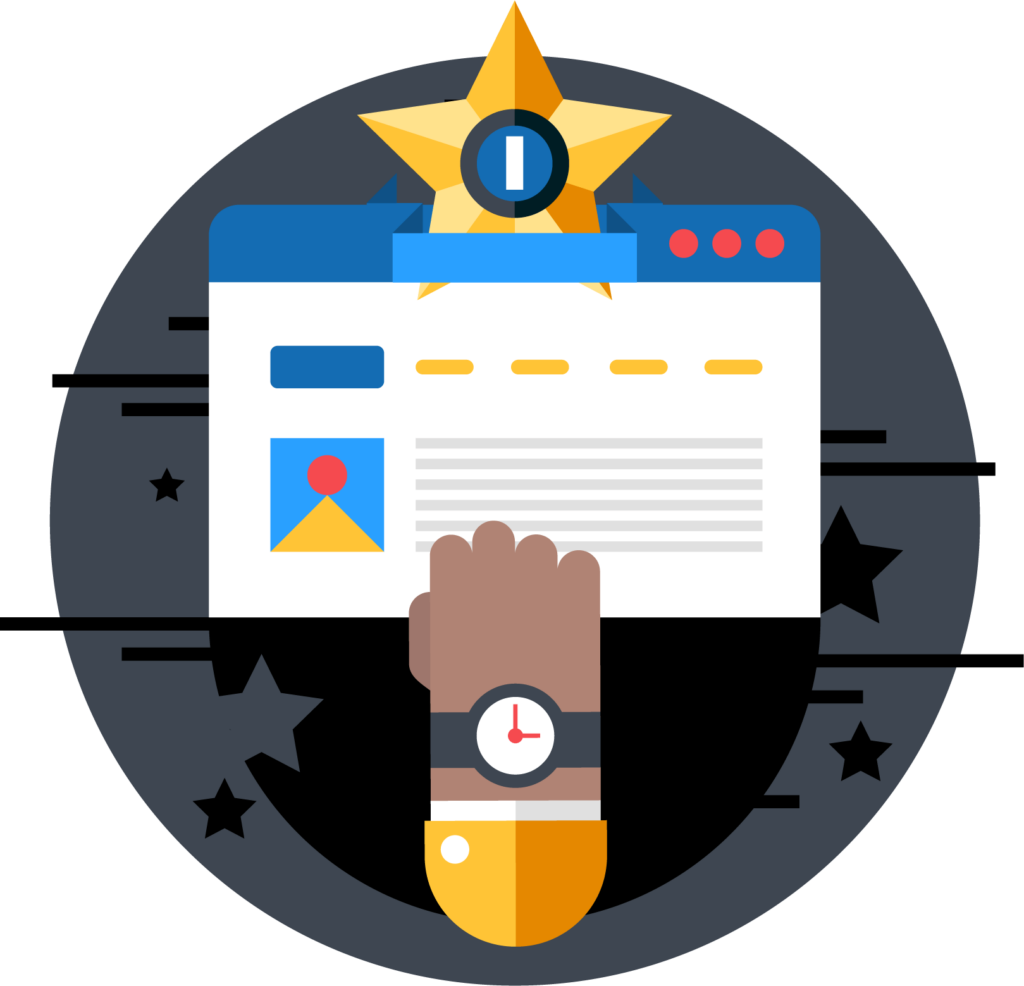Think about the last time you visited a website that took forever to load. Frustrating, right? That’s exactly what your visitors feel when your site speed is slow. A sluggish site speed can drive users away almost instantly, causing them to click away before they even have a chance to see what you offer. This behavior significantly raises your bounce rate—meaning a higher percentage of visitors leave after just one page. A high bounce rate is a red flag for search engines, indicating that your site isn’t providing a good user experience, which can negatively impact your SEO ranking. On the other hand, ensuring your site loads swiftly keeps visitors engaged and encourages them to explore more of your content, leading to a better user experience and potentially higher conversion rates. Studies show that optimizing site speed can improve user engagement by up to 35%, leading to increased conversion rates.
Understanding why site speed optimization is crucial is the first step, followed by practical actions that small businesses and startups can implement to enhance their website performance. From minor adjustments to in-depth strategies, we cover a range of techniques to help you significantly boost your site speed. These improvements ensure your website is sleek, efficient, and user-friendly, perfectly complementing the branding and design expertise offered by Laughton Creatives. By applying these tips, you not only improve your site’s functionality but also increase its potential to attract and retain more visitors, ultimately driving business success.
Why Site Speed Matters

It’s simple, the quicker your site loads the sooner your audience can get on with doing business with you. Site speed is critical because it directly impacts how visitors interact with your website. When a page loads slowly, users are more likely to abandon it before it fully opens. This frustrating experience can lead to an increased ‘bounce rate,’ which is the percentage of visitors who leave after viewing only one page. A high bounce rate signals to search engines that your site may not be providing valuable content, potentially harming your SEO ranking. Ensuring fast load times can keep users engaged, lowering your bounce rate and boosting your search engine visibility.
Moreover, site speed significantly impacts user experience. A fast-loading site not only keeps visitors happy but also encourages them to stay longer and explore more of your offerings. For businesses, especially small enterprises and startups, fostering a positive user experience is crucial for building trust and loyalty with customers. Fast load times contribute to a seamless and enjoyable browsing experience, which can lead to increased customer satisfaction and repeat visits.
Analyzing Your Current Site Speed

Before implementing improvements, it’s crucial to analyze your current site speed to understand where you stand. Various tools can assist you in this analysis. Google’s PageSpeed Insights is a popular option, measuring your site’s performance on both desktop and mobile and offering specific recommendations for improvement. Another useful tool is GTmetrix, which provides detailed reports and highlights the issues that contribute to slow load times.
By using these tools, you can establish a benchmark for your site’s speed. On average, websites see a reduction in load times from 2.1 seconds to under 1 second after implementing optimization strategies. Document these initial results carefully, as they will serve as a baseline for comparison after implementing changes. This way, you can accurately gauge which improvements have the most significant impact on your site’s performance.
Key Strategies for Improving Site Speed

- Optimize Images: Ensure all images are no larger than necessary, are in the right file format (JPEG for photos and PNG for graphics with fewer than 16 colours), and compressed for the web. Tools like Adobe Photoshop or free online tools such as TinyPNG can help you reduce image file sizes without losing quality.
- Reduce HTTP Requests: Simplify your design by combining code into a central CSS or JavaScript file, as this reduces HTTP requests and speeds up loading times.
- Enable Browser Caching: Store elements of your site in visitors’ browsers, so they are pulled from the cache instead of reloading each time. This setup can be configured in your site’s .htaccess file if you’re on an Apache web server.
- Use a Content Delivery Network (CDN): A CDN stores copies of your site’s files on servers around the world, serving them from the nearest server to the user, thus reducing load times.
Advanced Optimization Techniques

- Minify CSS, JavaScript, and HTML: Minification removes unnecessary data without affecting resource processing by the browser, significantly improving load times. Tools such as UglifyJS for JavaScript and CSSNano for CSS can assist in this process.
- Implement Lazy Loading: Lazy loading ensures only the content visible to the user upon visiting the page is loaded initially; other items load as the user scrolls down. This technique can significantly speed up the initial page load time and reduce overall resource consumption.
Implementing these strategies allows small businesses and startups to significantly enhance their website’s speed, thereby boosting user engagement and improving overall SEO effectiveness. These optimizations are crucial for maintaining a competitive edge in the dynamic online marketplace. Always keep in mind that a faster site translates to a better user experience, encouraging more interactions and potentially increasing conversions and customer retention. Improved site speed can lead to an increase in Google PageSpeed Insights scores by 10-30 points, further enhancing your site’s visibility and search engine ranking.
Establishing a strong foundation by understanding the importance of site speed, analyzing current performance, and applying targeted strategies and advanced techniques ensures that businesses offer a quick, seamless user experience. This approach feeds into a broader strategy of digital excellence, supporting business growth in a competitive online environment. By focusing on site speed optimization, small businesses and startups can efficiently meet the demands of modern consumers, making their digital presence as impactful as possible.
Accelerate Your Success with Laughton Creatives

Optimizing your site’s speed goes beyond merely improving loading times—it’s about unlocking your website’s potential to captivate and retain visitors. At Laughton Creatives, we understand the unique challenges small businesses and startups face in the digital realm. Our team is committed to implementing smart, efficient solutions tailored to enhance your website’s speed and overall user experience.
Don’t let a slow website hinder your success. Allow Laughton Creatives to help you optimize your digital presence and propel your business forward. Visit our website today to explore our comprehensive website services and discover how we can help you achieve a faster, more efficient site that drives results. Take the first step toward a brighter digital future with Laughton Creatives, where your online success is our top priority.
